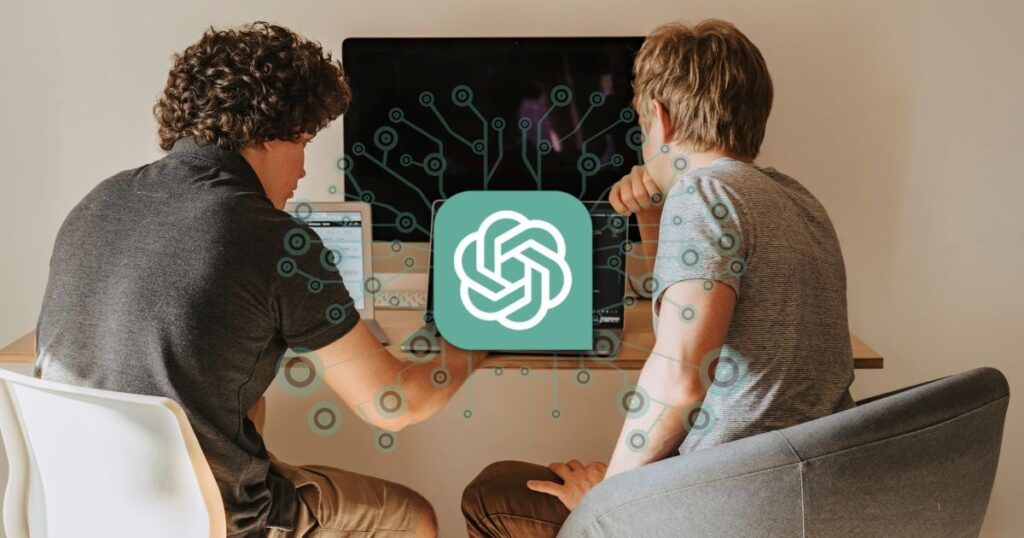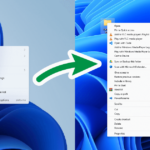ChatGPT is a powerful tool that can assist in the development of creative, engaging sentences and ideas. But having too many ideas and not knowing how to create the perfect prompt can be overwhelming. The goal of this blog post is to provide information on how to properly craft chatbot prompts in order to maximize engagement and optimize the user experience. This blog will explore the best practices for creating meaningful, inspiring ChatGPT prompts for real-time interactions.
Go to:
What is ChatGPT?
We live in a time of incredible, rapid-fire technological advancements, and artificial intelligence (AI) is at the forefront, enabling us to interact with machines and data in ways that could have been considered impossible just a few years ago. ChatGPT is a new AI-based chatbot platform that allows you to quickly and easily create automated conversations – powered by GPT-3, the most powerful natural language processing (NLP) engine ever built which was developed by OpenAI.
When users interact with the ChatGPT platform, the system collects conversation data to understand the customer’s intent. This enables the platform to determine the most appropriate response and generate personalized, relevant recommendations and actions. Each time the customer interacts with ChatGPT, it re-runs its algorithms to assess the conversation and provide a response that is most appropriate for the customer’s context. Over time, this allows ChatGPT to become more accurate and provide better customer experiences.
let’s take a look at what ChatGPT does, how it works, and how you can get started with it.
How to get started with ChatGPT
Getting started with ChatGPT is easy – all you need to do is sign up for a free account. From there, you will be able to start building your conversational AI apps. Depending on your capabilities, you can set up and configure ChatGPT on your own or use the services of one of the partner companies that offer end-to-end AI solutions. You’ll also want to make sure that you integrate ChatGPT into your existing customer service systems and platforms. Doing so will enable you to maximize the accuracy and relevance of your conversations so that you can generate better results over time.
The different types of ChatGPT prompt
ChatGPT prompts are great tools for encouraging open and engaging conversations. The right prompts can make even the most mundane conversations stimulating and engaging. But how do you write the perfect prompts?
The first type of ChatGPT prompt is the “story prompt”. These prompts often involve story scenarios that can be used to start high-quality conversations. Story prompts can often encourage users to delve deeper into the subject matter and develop interesting ideas and open-ended questions.
The second type of ChatGPT prompt is the “choice prompt”. Choice prompts are an effective way to capture the users’ attention and draw them into a conversation. They also allow the user freedom to craft their own narrative and lead the conversation as they please. Choice prompts can also help you draw out interesting knowledge and understanding from the user.
The third type of ChatGPT prompt is the “fact prompt”. A fact prompt is similar to the story and choice prompts, but it encourages the user to find facts and evidence related to certain topics. A fact prompt can help with researching and exploring a topic and can provide valuable insight into the conversation.
The fourth type of ChatGPT prompt is the “question prompt”. These prompts often encourage the user to ask deeper and more philosophical questions related to the topic. In turn, this can open up the conversation and create a richer dialogue.
Last but not least, the fifth type of prompt is an action prompt. Action prompts allow the chatbot to provide users with a way to interact with the platform by having them submit comments, and opinions, or to even ask for a certain type of content or information. Action prompts should be written in a way that is easy to understand and encourages user engagement, while also allowing the chatbot to provide users with necessary information.
There are several types of ChatGPT prompts to choose from, each with unique advantages and drawbacks. Let’s take a look at the different types so that you can choose the ones that best fit your needs:
- Open-ended Prompts – Open-ended prompts are those that require a thoughtful but open response. These prompts can be used to encourage dialogue or elicit opinions. Examples include “What do you think about…” or “Discuss how…”.
- Yes/No Questions – Yes/No questions provide a quick and easy way to start conversations. They are direct and to the point, with no ambiguity. Examples include “Do you believe…” or “Is it true that…”.
- Call to Action – Call-to-action prompts provide a specific action for users to take. Examples include “Take a picture of…” or “Share a link to…”.
- Creative Prompts – Creative prompts are those that are purely opinion-based and leave room for interpretation. Examples include “If you could create a dream world, what would it look like?” or “What would you most like to be remembered for?”.
- Shopping/Purchase Promotions – Shopping/purchase promotion prompts are used to encourage users to buy a product or service. Examples include “Buy now and get…” or “Save money when you use promo code…”.
No matter which type of ChatGPT prompts you to choose, for your chatbot, the key to writing good ones is to make sure they are relevant, engaging, and have a clear call to action. Avoid using long, wordy prompts and stick to shorter ones that are easy to understand and answer.
How to write the perfect prompts
In order to use ChatGPT prompts effectively, one must understand the different types available and consider the best type for their needs. Story and choice prompts are ideal for creative conversations that can lead to enjoyable conversations. Fact and question prompts, on the other hand, can help with researching and exploring a particular topic.
In addition, make sure that the tone of the prompts is appropriate for your audience. Consider choosing a formal tone if your target audience is a corporate environment. If your target audience is young adults, then consider using a more informal tone that is engaging and fun.
List of most interesting Prompts you should try
- Let’s play word ladder.
- Let’s play ‘Would you rather?’. I’ll give you two options and you have to choose which one you would prefer.
- Can you suggest some self-care activities for stress relief?
- Describe six effective yoga poses or stretches for back and neck pain.
- Easy and beginner-friendly fitness routines for a working professional.
- I need help staying motivated at work. Can you give me advice on how to stay focused and motivated?
- How can I create a compelling concept for a series of illustrations [Describe your vision]?
- I need to write an email to a client regarding a change in the project timeline. Can you give me some guidance on how to phrase it?
- I have only three ingredients – Onion, tomato, and spinach. Can you show me 3 meals that I can cook with these ingredients?
- Suggest 10 Chrome extensions for students designed to improve productivity while studying.
- I want to make a music video, but I’m not sure what concept to use. Can you help me come up with a concept?
Conclusion
Writing the perfect ChatGPT prompts can be a challenge. However, when you know the different types available, the tone, and the audience you’re targeting, it can become much easier to generate engaging and meaningful conversations with your chatbot. Remember, the best way to write the perfect prompts is to think about the user experience first and foremost. By leveraging the different types of ChatGPT prompts, one can craft the perfect prompts for their conversations, allowing them to create engaging and natural conversations that will help drive their conversations forward.



